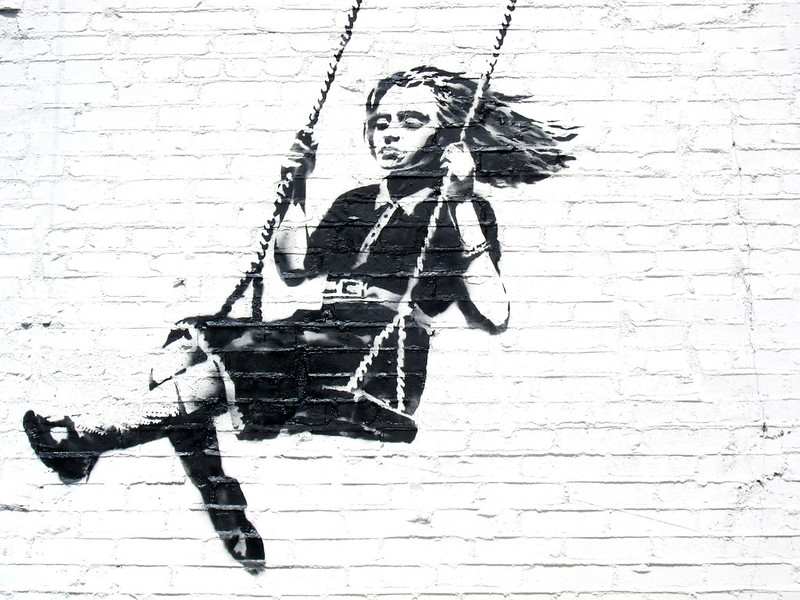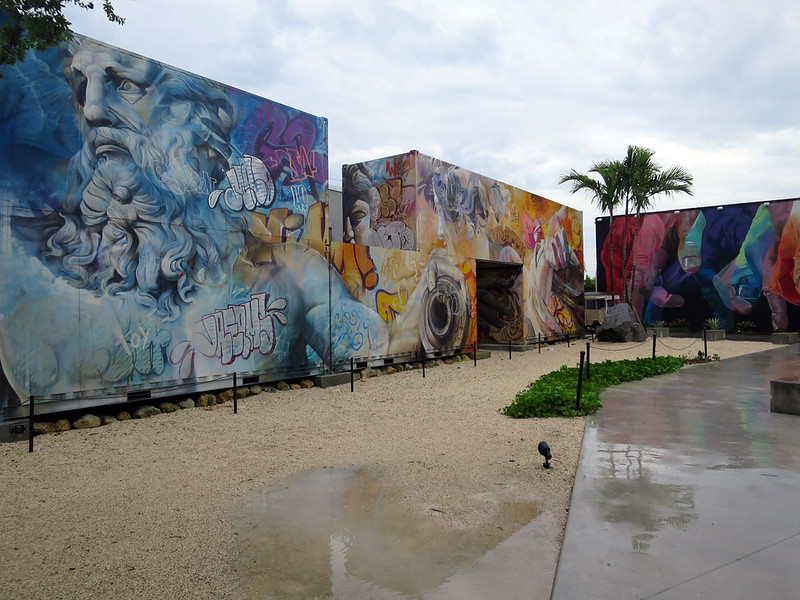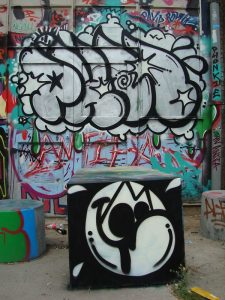Graffiti art has long walked a fine line between creativity and controversy. You’ve likely seen it on the sides of buildings, along train tracks, or on bridge underpasses, it transforms blank, urban surfaces into vibrant canvases. For some, graffiti is seen as vandalism—a violation of public or private property. For others, it is an expression of culture, a voice for the voiceless, and a unique art form that reflects the spirit of the city. One thing is certain: graffiti art has evolved into a global movement that cannot be ignored.
A Brief History of Graffiti Art
Graffiti art didn’t start with the colorful, large-scale murals we see today. Its origins are more modest. In the 1960s and 70s, graffiti in cities like New York primarily took the form of tags—simple signatures or initials left by individuals on walls, subway cars, and buildings. This was about marking territory or claiming space in the urban landscape. For many, tagging was a way to be seen in a city where they felt invisible. It was a way of saying, “I exist. I was here.”
By the late 1970s, graffiti art began to evolve beyond these simple tags. Artists started experimenting with larger designs, more complex color schemes, and lettering. What began as a secretive, often illegal activity started to gain wider recognition. Hip-hop culture played a significant role in the development of graffiti during this time. Graffiti, breakdancing, rapping, and DJing were all interconnected aspects of the movement. Graffiti artists, or “writers” as they were often called, would spend hours at night painting subway cars. The goal was to have their work travel across the city, reaching a wide audience without the need for a formal gallery space.
The Expansion of Graffiti Art
Although it was born in urban environments, graffiti art is no longer limited to major cities. Over the years, graffiti has expanded to smaller towns and even rural areas. Social media has played a key role in this expansion, allowing graffiti artists to share their work with a global audience. The work that once lived on city walls now travels the world through Instagram and other platforms, bringing new styles and ideas to places far beyond the streets of New York or Los Angeles.
As graffiti has spread, so too has its range of styles and techniques. While spray cans are still the most iconic tool of the trade, many artists are pushing boundaries with new materials and methods. Stencil art, made famous by artists like Banksy, has become a popular form of graffiti that allows for more precise, detailed images. Other artists use wheat-paste posters or even three-dimensional sculptures to make their mark. The beauty of graffiti art lies in its diversity; it can be as simple as a hand-drawn tag or as complex as a towering mural covering the entire side of a building.

A Banksy art piece in Los Angeles – Source: https://flic.kr/p/7TCJho
Social Commentary
One of the most striking features of graffiti art is its ability to convey powerful social messages. Graffiti often addresses themes like inequality, politics, race, and identity. For many artists, it is a way to give a voice to marginalized communities and bring attention to issues that are often ignored by mainstream media. Because graffiti is so public, it forces people to confront these topics in their everyday environment.
In this sense, graffiti art can be seen as a form of protest. Its very nature challenges the idea of who gets to decide what is considered “art” and where art is allowed to exist. By placing their work in public spaces—often without permission—graffiti artists are making a statement about access to artistic expression. They’re questioning why art should be confined to galleries and museums, spaces that are often seen as elitist or inaccessible to the average person.
This rebellious spirit is part of what gives graffiti art its edge. It is not sanitized, and it does not seek approval. Instead, it reflects the raw energy of the streets, capturing the emotions, frustrations, and dreams of those who create it.
The Legal and Ethical Debate
Despite the artistic and cultural significance of graffiti art, it remains controversial. In many places, graffiti is still illegal, considered an act of vandalism rather than a form of expression. Property owners often view graffiti as a form of damage, something that devalues their buildings or requires costly removal. Local governments have implemented strict anti-graffiti laws, with some cities going so far as to ban the sale of spray paint to minors to curb the spread of illegal graffiti.
However, the line between legal and illegal graffiti has started to blur in recent years. Some cities have designated areas where graffiti is not only allowed but encouraged. In places like Wynwood Walls in Miami or the East Side Gallery in Berlin, graffiti artists are invited to create large-scale murals that attract tourists and celebrate street art as a legitimate art form. These legal spaces provide artists with an opportunity to showcase their work without fear of punishment, while also allowing communities to enjoy the aesthetic benefits of graffiti art.

Wynwood Walls – Source: Wynwood Walls
Still, there is tension between the desire to preserve graffiti’s underground, rebellious roots and the growing acceptance of graffiti as a mainstream art form. Some artists feel that legal graffiti spaces take away from the raw, spontaneous nature of their work. Others see it as a positive shift, offering graffiti artists the recognition and respect they deserve.
The Future of Graffiti Art
As graffiti art continues to evolve, its future remains uncertain. With the rise of digital platforms, graffiti artists now have more opportunities than ever to reach a global audience, but the nature of the art form itself may change. Some artists are moving away from traditional walls and turning to digital mediums, creating virtual graffiti that exists solely online. Others are pushing the boundaries of what graffiti can be, incorporating technology, interactive elements, and even augmented reality into their work.
What is clear is that graffiti art will continue to be a dynamic and evolving form of expression. Whether it’s illegal tagging or commissioned murals, graffiti will always reflect the environment it inhabits. It speaks to the energy of the streets, the challenges of modern life, and the desire for individuals to make their mark on the world—literally and figuratively. As long as there are walls, graffiti art will find a way to exist.




